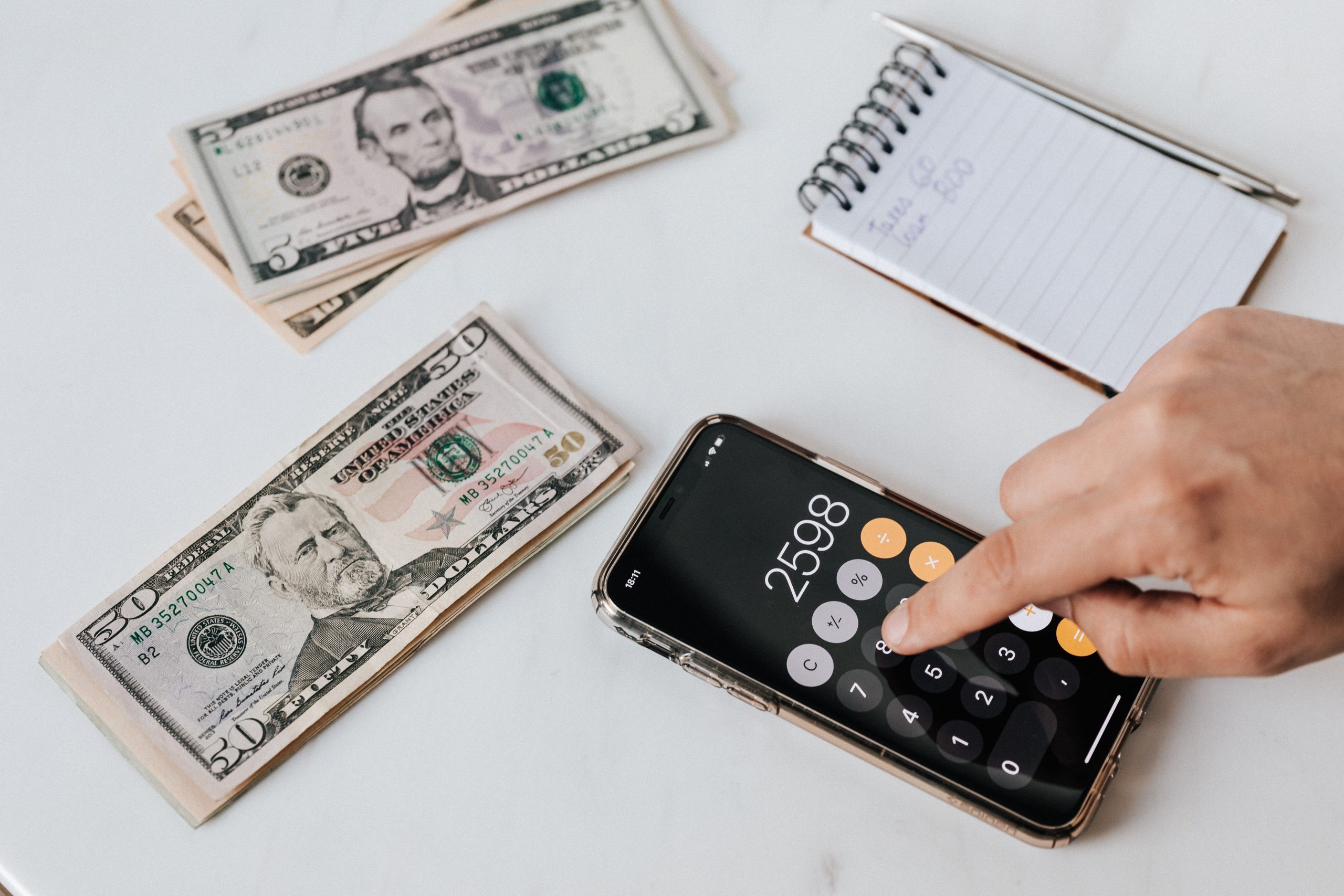Interest rates play a pivotal role in shaping the financial decisions of individuals and businesses. As the global economy fluctuates, central banks adjust interest rates to maintain economic stability. High-interest rates have both direct and indirect effects on personal savings, investment patterns, and borrowing habits. In this article, we’ll explore how rising interest rates influence personal savings behavior, with an emphasis on the role of AI Financial Risk in understanding and managing these changes.
What Are Interest Rates?
Interest rates refer to the cost of borrowing money or the return on savings, often expressed as a percentage. When central banks, like the Federal Reserve or the European Central Bank, raise interest rates, it becomes more expensive to borrow money. Conversely, saving money in banks or other financial institutions can become more attractive because the interest earned on savings increases. This relationship between borrowing and saving is key to understanding the broader impact of interest rate changes.
The Relationship Between High-Interest Rates and Personal Savings
High-interest rates typically encourage people to save more. When individuals can earn a higher return on their savings, they are incentivized to deposit more money into savings accounts or invest in fixed-income securities like bonds. In theory, this helps curb inflation as consumer spending slows down. However, the reality is more complex, and other factors such as inflation, disposable income, and economic confidence play a significant role.
How High-Interest Rates Influence Different Types of Savings

Not all savings are affected equally by high-interest rates. Different types of personal savings accounts and investment vehicles respond differently to interest rate hikes.
- Savings Accounts:
High-interest rates directly benefit traditional savings accounts by offering higher returns. Individuals are more likely to deposit money in these accounts when the interest rate is favorable, thereby increasing their personal savings. - Fixed Deposits:
With high-interest rates, fixed deposits or certificates of deposit (CDs) offer even more attractive returns. People tend to lock in their savings for longer periods to benefit from the elevated rates. However, these investments lack liquidity, meaning savers cannot easily access their money without penalties. - Investment in Bonds:
When interest rates rise, bond yields also increase, making them more attractive to risk-averse investors. High-interest bonds often provide a stable income stream, encouraging individuals to invest more in these financial instruments. - Retirement Accounts:
Accounts such as 401(k)s or IRAs, often influenced by long-term market trends, may not see immediate benefits from rising interest rates. However, the broader financial environment can shift, making certain low-risk investments like government bonds more appealing for retirement portfolios.
Challenges of High-Interest Rates for Borrowers
While high-interest rates can encourage saving, they make borrowing more expensive. For individuals with outstanding debts, such as mortgages, credit cards, or student loans, rising interest rates can increase monthly payment obligations. This may force them to save less or draw from their savings to meet higher debt service costs.
- Mortgage Payments:
Rising interest rates make mortgage loans more expensive, especially for those on variable-rate mortgages. This can discourage homebuyers or cause financial strain for current homeowners. - Credit Card Debt:
Interest rates on credit card balances are typically tied to broader economic trends. As interest rates rise, so too does the cost of maintaining a credit card balance, which can reduce disposable income available for saving. - Student Loans:
Students and graduates with variable-rate loans may face higher monthly payments, making it difficult to allocate funds for savings.
Impact on Spending Behavior
As borrowing costs rise and savings opportunities become more attractive, people may adjust their spending behavior. The natural consequence of this is a slowdown in consumer spending, which can affect the broader economy. Individuals may delay major purchases, such as cars or homes, and opt for saving instead. This shift can have a ripple effect, impacting industries reliant on consumer spending, such as retail, housing, and automotive.
The Role of AI in Managing Financial Risk
With the evolving landscape of interest rates, many individuals and financial institutions are turning to technology, particularly AI Financial Risk management systems, to make more informed decisions. AI can analyze vast amounts of economic data to predict trends, helping people optimize their savings and investment strategies based on current and forecasted interest rates.
AI-powered platforms can provide personalized advice, alerting users when it’s a good time to save or invest. These tools can also forecast potential financial risks, such as the rising cost of loans, and offer solutions to mitigate these risks. In an environment where high-interest rates can both benefit savers and burden borrowers, AI is becoming an essential tool for navigating complex financial decisions.
The Psychological Impact of High-Interest Rates on Savers
Beyond the tangible financial effects, interest rates also have a psychological impact on savers. When rates are high, people may feel a greater sense of financial security because they see more immediate rewards from saving. This can increase overall confidence in long-term financial planning. However, those with significant debt may feel additional stress as the cost of borrowing rises.
Comparative Analysis: High-Interest Rates vs. Low-Interest Rates
| Feature | High-Interest Rates | Low-Interest Rates |
|---|---|---|
| Impact on Savings | Encourages more savings due to higher returns. | Discourages savings as returns are lower. |
| Impact on Borrowing | Makes borrowing more expensive, reducing loan demand. | Makes borrowing cheaper, encouraging more loans. |
| Economic Growth | Tends to slow down economic growth as spending drops. | Stimulates economic growth by encouraging spending. |
| Investment in Bonds | Attracts more investors due to higher yields. | Fewer investments as yields are lower. |
| Consumer Spending | Reduced as individuals save more and spend less. | Increased as borrowing is cheaper, fueling spending. |
Strategies to Maximize Personal Savings During High-Interest Periods
To capitalize on high-interest rates, individuals can adopt several strategies to maximize their savings:
- Open a High-Yield Savings Account:
Switch from a traditional savings account to one that offers higher interest rates. High-yield accounts can significantly increase the interest earned over time. - Invest in Fixed Deposits:
Consider locking in higher rates with fixed deposits. Although these accounts limit access to funds, they provide a stable and reliable return on investment. - Reduce High-Interest Debt:
Pay down high-interest debts like credit cards or personal loans. By eliminating or reducing outstanding debt, you free up more income to save or invest. - Diversify Investment Portfolio:
During periods of high-interest rates, diversify your investments. Consider bonds, CDs, and other low-risk assets that benefit from rising interest rates. - Utilize AI for Financial Planning:
AI tools designed for AI Financial Risk management can help optimize savings and investments by analyzing current interest rates, market conditions, and individual financial goals.
Analysis Table: Impact of High-Interest Rates on Personal Savings
| Aspect | Positive Impact | Negative Impact |
|---|---|---|
| Savings Returns | Higher interest rates lead to greater returns on savings. | Less incentive to spend as saving becomes more attractive. |
| Borrowing Costs | Encourages people to save instead of taking on new debt. | Increases cost of existing debts like mortgages and loans. |
| Investment Behavior | More people invest in bonds and fixed-income assets. | Stock market investments may decline due to lower consumer spending. |
| Consumer Spending | Reduced as saving becomes more favorable. | Lower demand for goods and services, potentially slowing the economy. |
| Psychological Impact | Increased sense of financial security for savers. | Stress for those in debt due to higher borrowing costs. |
Conclusion
High-interest rates can have a profound impact on personal savings and borrowing behavior. While they encourage individuals to save more, they also make borrowing more expensive, which can reduce disposable income for many. Leveraging modern technologies like AI for financial risk management can help individuals navigate this complex landscape, making smarter choices in saving, investing, and borrowing. In the long run, understanding the relationship between interest rates and personal finances is key to building financial resilience in both high and low-interest environments.










